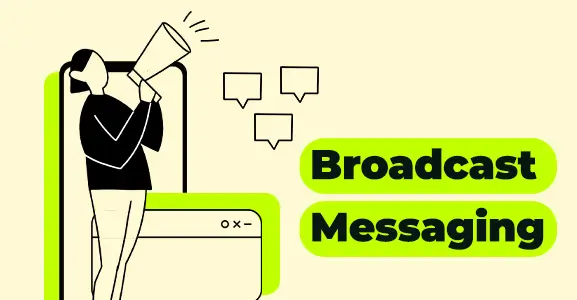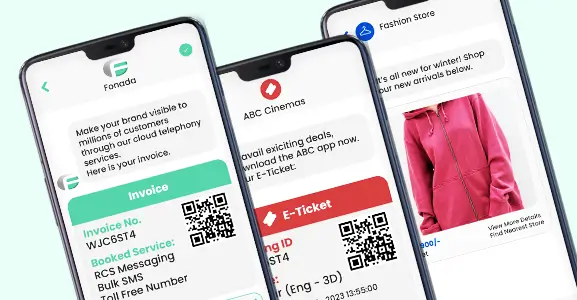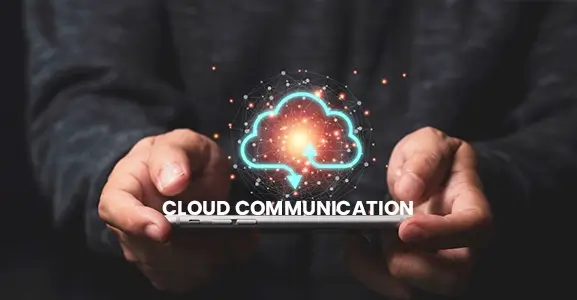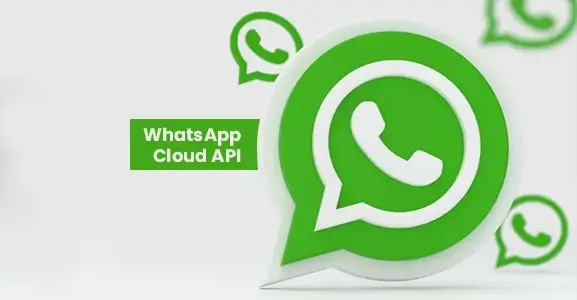Broadcast messaging is today’s marketing approach to connecting with the target audiences. This helps businesses facilitate smooth communication with customers. With this tool, businesses can connect with a larger segment at once and reach a wider audience with important updates. Businesses use broadcast text messaging for multiple purposes, such as sales, promotions, events, service updates, and alerts. SMS broadcast is also known as mass texting or bulk SMS however, they are entirely different from group messaging. Each recipient only gets one message at a time in a single messaging thread.
This blog delves into the meaning and significance of broadcast messaging in business growth. To enhance your understanding of this messaging strategy, we encourage you to read the entire blog post and broaden your awareness of the topic.
What Is An SMS Broadcast Text Messaging?
Broadcast text messaging service is an advanced marketing technique in today’s business landscape that enables businesses to connect with a large group of people simultaneously. It is considered one of the most effective and fruitful marketing methods. With this tool, businesses don’t have to connect with each customer individually; they can simply create a list of contacts and send the message all at once. This marketing tactic is highly useful for businesses aiming to maintain personalized customer experiences and stay in touch with their customer base.
Broadcast messaging not only helps businesses send important updates and announcements about their products and services to their target audience but also strengthens their bond with customers. It makes customers feel valued and cared for, resulting in stronger customer relationships and increased loyalty.
How Does Broadcast Messaging Work?
The work functionality of broadcast messaging follows a simple process.
- The broadcast messaging tool enables businesses to create a contact list based on the parameters that decide who will receive the message
- The user then chooses the preferred business messaging platform to deliver their message to the intended audience. (using a reliable cloud telephony service provider is a must if the company wants to send out bulk SMS )
- The messaging platform enables users to segment different messages to subscribers.
- The user drafts the entire message, including all the elements, such as audio and visuals.
- Once done with everything, the user schedules or sends the message using the messaging platform.
What Are The Benefits Of Broadcast Messaging?
Broadcast messaging helps businesses to send a single message simultaneously to multiple recipients.
Some key features of broadcast messaging include
Mass Distribution: With broadcast messaging, businesses can send text messages to a large group of recipients at once. It saves time and effort compared to individual messaging.
Efficiency: Broadcast messaging enables quick dissemination of information, announcements, promotions, or updates to a wide audience.
Targeting: It can be targeted based on specific criteria such as demographics, interests, or location to ensure the message reaches relevant recipients.
Automation: Automation tools can schedule broadcast messages to be sent at specific times, ensuring optimal reach and engagement.
Interactivity: Depending on the platform used, broadcast messaging may support interactive features like polls, surveys, or quick replies, fostering engagement and feedback.
Analytics: Many broadcast messaging platforms provide analytics and insights into the performance of messages, including delivery rates, open rates, and engagement metrics.
Personalization: Some platforms offer customization options, allowing for personalization through variables like recipient names or tailored content.
Opt-out Mechanisms: Compliance with privacy regulations often includes opt-out mechanisms for recipients who no longer wish to receive broadcasts.
Cross-Platform Integration: Integration with various communication channels such as SMS, email, social media, or chat apps through messaging API can expand the reach of broadcast messages and help businesses connect with their target segment effortlessly.
Security: Ensuring data security and encryption of messages to protect sensitive information during transmission is a crucial feature in broadcast messaging.
These features collectively contribute to the effectiveness and versatility of broadcast messaging across different industries and communication purposes.
How Can I Use Broadcast Text Messaging?
Businesses can leverage broadcast text messaging in several ways to engage with customers, enhance communication, and drive marketing initiatives. Here are some strategies:
Promotions and Offers: With broadcast messaging, businesses can send out exclusive deals, discounts, and promotional offers to a wide audience via text messages. These can encourage sales and drive traffic to both physical and online stores.
Event Reminders: Businesses can notify customers about upcoming events, sales, or special occasions. This can include reminders for appointments, webinars, conferences, or product launches.
Announcements and Updates: With broadcasting messaging tools, businesses can share important company news, updates, or announcements. This can include changes in business hours, new product releases, or policy updates.
Customer Service and Support: companies can use text messages to provide customer support, answer queries, and resolve issues. This direct communication channel can be efficient and convenient for customers seeking assistance.
Surveys and Feedback: Gathering customer feedback through text message surveys is one more benefit that businesses can have with broadcast messaging. This approach allows quick responses and provides valuable insights for improving products or services.
Appointment Reminders: With broadcast messaging, businesses can automate appointment reminders to reduce no-shows and improve customer attendance for scheduled appointments or services.
Notifications and Alerts: Companies can use broadcast messaging to Inform customers about order confirmations, shipping updates, or account activities. This helps keep them informed about their transactions and enhances transparency.
Recruitment and HR Updates: For internal purposes, businesses can use broadcast text messaging to communicate with employees regarding HR updates, training schedules, or emergency notifications.
By employing these strategies, businesses can effectively use text messaging to foster stronger customer relationships, drive sales, and improve overall communication efficiency.
How Businesses And Organizations Use SMS Text Broadcasts: Free Template To Use
Businesses and organizations often utilize SMS text broadcasts for various purposes, including marketing, customer engagement, internal communications, and event reminders. Here are some common use cases, along with free templates you can use:
Marketing Promotions:
Template 1: Sales Promotion
Hi [Name], don’t miss out! Our exclusive sale is on. Use code SALE20 for 20% off on all items. Shop now!
Template 2: New Product Launch
Exciting news! [Company] just launched [Product]. Be the first to get it! Visit [Link] for more details.
Template 3: Feedback Request
Hi [Name], we value your opinion. Would you mind taking a moment to share your feedback on [Product/Service]? Reply with a number from 1 to 5 (5 being the highest). Thank you!
Template 4: Exclusive Offers
You’re in luck, [Name]! As a loyal customer, here’s an exclusive offer just for you: [Offer details]. Claim it now!
Internal Communications:
Template 5: Meeting Reminder
Hi team; a quick reminder about the meeting tomorrow at [Time] in [Location/Online]. Looking forward to seeing you all there!
Template 6: Important Announcement
Attention all employees: [Important news/updates]. Please read [Link/Attachment] for more details. Thank you.
Event Reminders:
Template 7: Event Reminder
Don’t forget! Our [Event Name] is happening this [Date] at [Time]. Be sure to arrive on time and enjoy the festivities!
Template 8: RSVP Request
Hi [Name], are you joining us for [Event Name]? Reply with ‘YES’ or ‘NO’ to confirm your attendance. See you there!
When using these templates, personalize them by inserting the recipient’s name or relevant details. Also, ensure compliance with SMS marketing regulations and always provide an option to opt-out. Remember, SMS broadcasts should be concise, engaging, and add value to the recipient to achieve better results.
What Are The Differences Between Message And Voice Broadcasting?
Message broadcasting and voice broadcasting are both methods used for mass communication, but they differ in how the communication is delivered:
Message Broadcasting:
Text-Based: Message broadcasting typically involves sending text-based messages to a large number of recipients simultaneously. It can be through SMS, email, or push notifications.
Versatility: Messages can contain various types of content, including links, images, videos, or plain text.
Delivery Platforms: It can be executed through various platforms like messaging apps, email services, or marketing automation tools.
Voice Broadcasting:
Audio-Based: Voice broadcasting involves delivering pre-recorded voice messages to a list of phone numbers. It’s often used for announcements, reminders, or promotional SMS messages
Human Touch: Voice broadcasting can add a personal touch as it uses recorded human voices, making it more engaging compared to text-based messages.
Phone-Based Delivery: Messages are delivered via phone calls to the recipients, and they can listen to the message once they answer the call or through voicemail if they miss the call.
Both methods have their advantages and are used in different scenarios based on the nature of the message, the target audience, and the preferred mode of communication. For instance, voice broadcasting might be more effective for urgent or personal messages, while message broadcasting could be more versatile and suitable for delivering detailed information or multimedia content.
FAQs
In general, broadcasting is the process of distributing pieces of information to a wider audience. It involves the transmission of information intended for public consumption through mediums such as messages, radio, television, or the Internet.
Text messages, images, videos, voice messages, documents, and live locations are commonly broadcast on WhatsApp channels among individuals or within groups for communication and sharing.
Broadcast in networking is a method where data is sent from one source to all devices on a network, reaching multiple recipients simultaneously for general communication or address resolution.
Compose your message, select your audience, use a broadcasting platform or tool, craft a compelling subject line, and hit send to reach multiple recipients simultaneously.

Dec 11, 2024
Top Contact Center Optimization Tools For 2024
“A thriving business knows how to fetch maximum output from limited resources by optimizing ca... Read More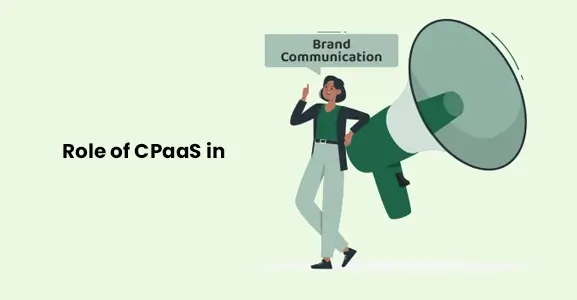
Nov 13, 2024
What Is Brand Communication? CPaaS Role Explained
Did you ever wonder why some advertisements grab your attention instantly, while others do not? The... Read More
Nov 01, 2024
What Is Automated Messaging And How Does It Work?
Automated messaging or text automation empowers businesses and marketing professionals to connect wi... Read MoreLatest Updates
From Fonada
Industry Insights, Trends, Innovations, Updates, and Case Studies from Industry Experts
View
Customer
Reviews
Discover why our customers love us - read their authentic and heartfelt reviews!
View
Case
Studies
Explore real-life scenarios, offering analysis, and solutions to practical challenges
View
Convert Leads Into Sales With Fonada
Trusted CPaaS Solution Provider

